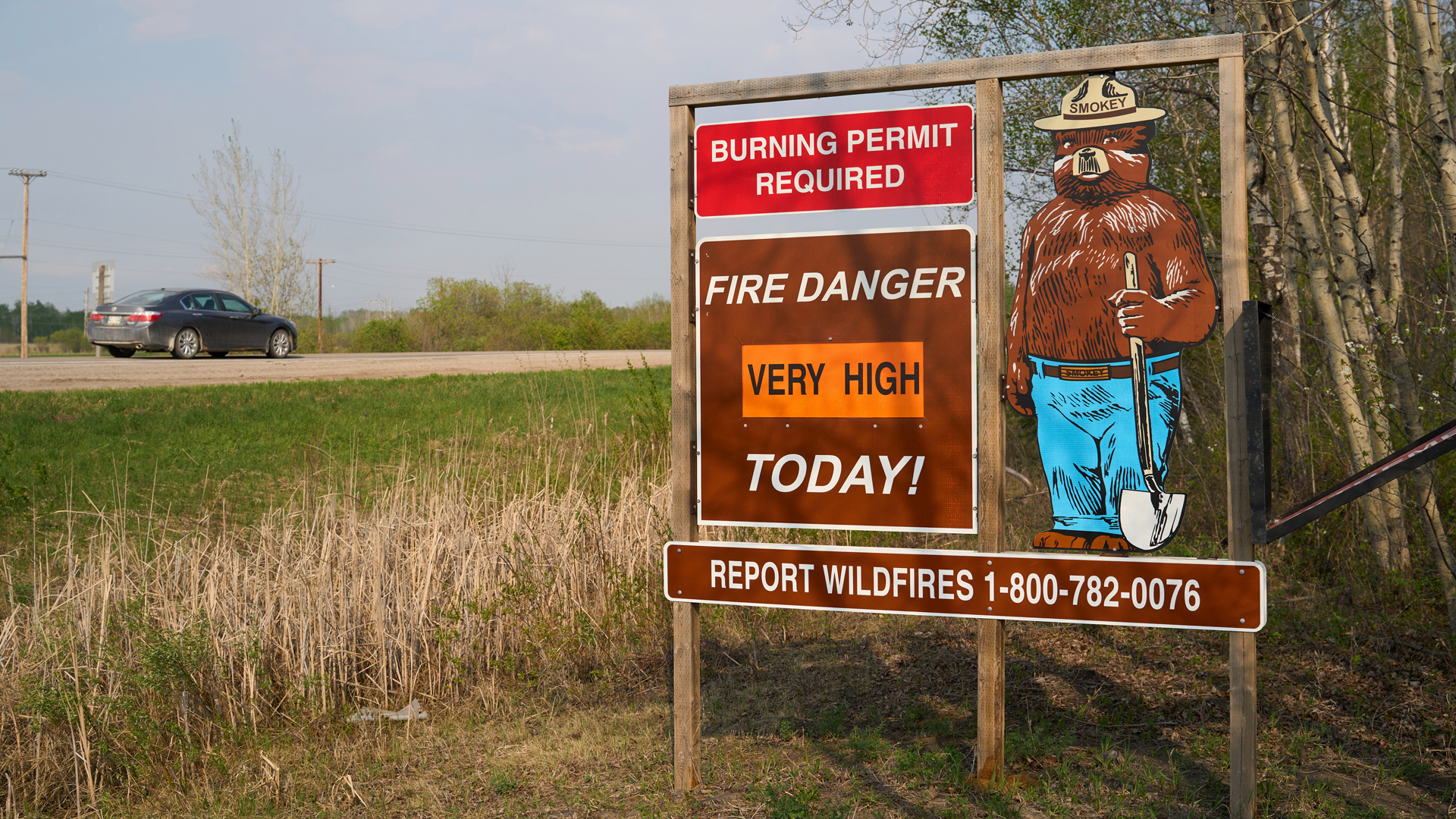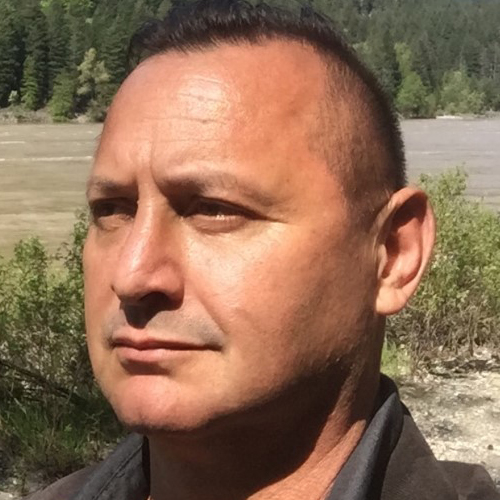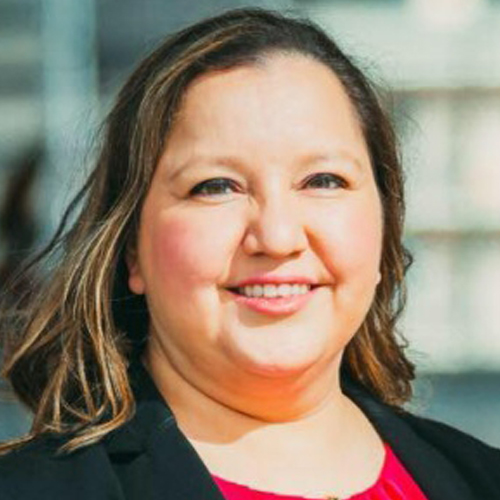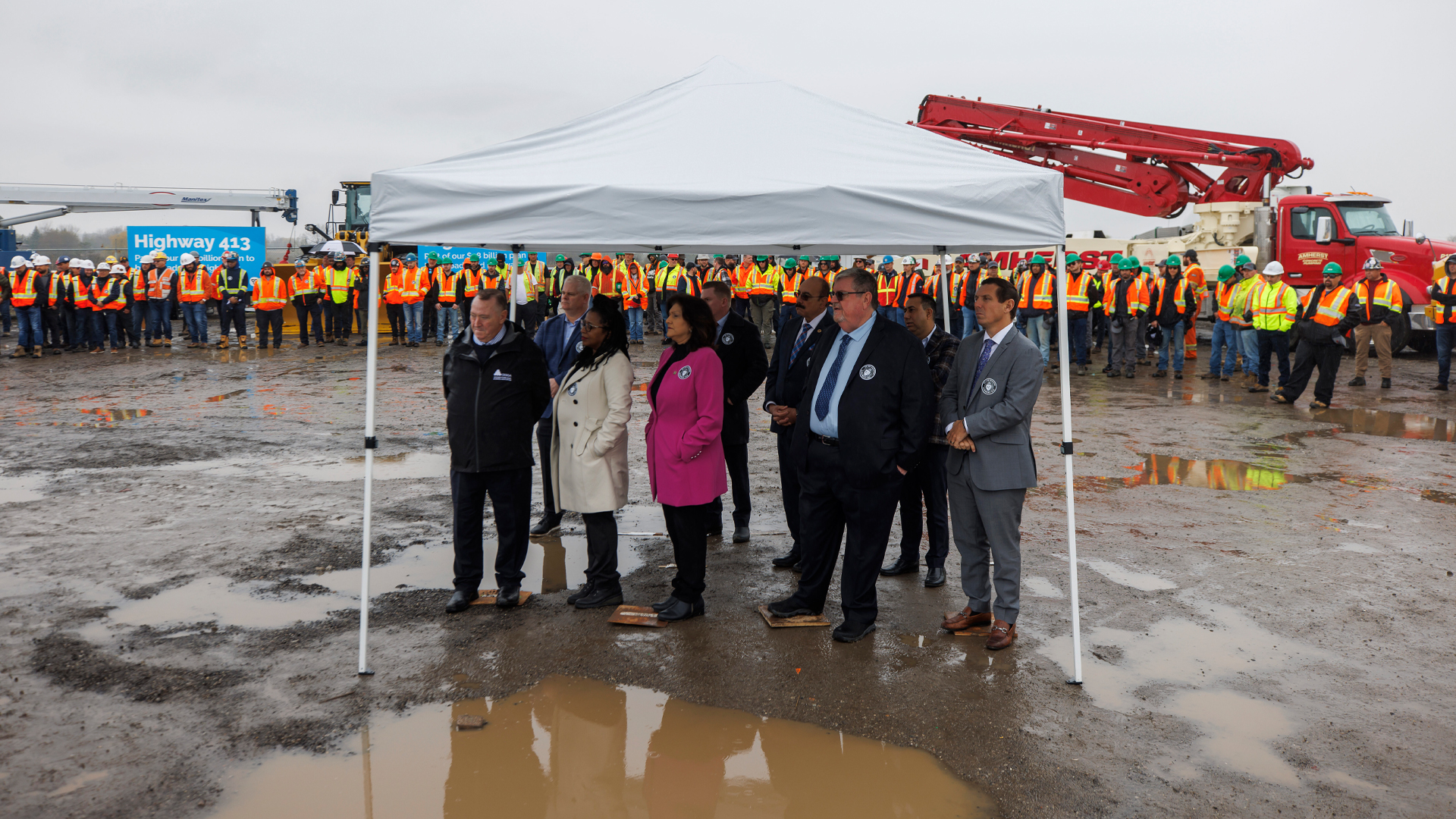
The pandemic has highlighted antiquated policies born from colonialism that are putting remote Indigenous communities at a disadvantage and underscoring the need for high-speed internet to be made available to everyone as an essential service, like water and electricity. Many Indigenous communities in remote areas are digitally disconnected, without access to public resources available in a fully digital universe.
Canada’s Indigenous leaders from coast-to-coast-to-coast sent a letter in December 2021 to the responsible federal minister, François-Philippe Champagne, requesting policy changes to improve access to the internet.
The chiefs urged Ottawa to follow in the footsteps of the U.S. government, which gave native American tribes in rural areas priority access to unused and unassigned spectrum over their rural tribal lands in February 2020.
Indigenous leaders in Canada want similar policy changes that will give their communities access to essential online services, such as doctors, education, shopping, counselling, news media, social media, delivery services and COVID-19 vaccine registries.
Recent events, including the pandemic, fires and severe flooding in B.C., have highlighted the inequalities for Indigenous communities that don’t have access to these online services. Without connectivity and the ability to travel, relationships were challenged. Youth were unable to attend online academic and cultural teachings. Communities lost the ability to maintain their social and mental wellness and safety.
Spectrum relates to the radio frequencies for communication over the airwaves — different frequencies are used for satellite communication, mobile phones and amateur radios. To avoid overcrowding the frequencies and slowing down the flow of information online, access to the finite public resource is regulated by the federal department of innovation, science and economic development (ISED).
Current spectrum management policies are contributing to Canada’s deep digital divide. ISED says 97 per cent of urban households have access to high-speed internet, compared to only 37 per cent in rural communities. Statistics also reveal that just 24 per cent of Indigenous communities have access to high-speed internet. This lack of connectivity exacerbates socio-economic inequities, including business opportunities, employment, education, and physical and mental health.
How Canada’s wireless spectrum policy drives up mobile rates
Rural broadband connectivity hinges on private-public collaboration
Spectrum licences are auctioned to the highest bidder – which usually means major telecommunications companies. This has left many rural, remote communities without internet service. Providing access to unused spectrum would empower Indigenous leaders to find internet solutions that work for their communities. It would also enable them to partner with a Canadian company, Advintive, that has developed an innovative wireless technology ideal for delivering high-speed broadband to remote areas.
Twelve Indigenous communities could have been connected to high-speed internet last spring through a pilot project, if ISED had approved a licence for access to unused and unlicensed ultra high frequency (UHF) spectrum over their lands. Four of the locations were partially approved; however, ISED would grant spectrum access only for one year, with no commitment for renewal, and it was uncertain whether funding would be approved through the universal broadband fund.
This made the project too risky, and Advintive did not feel confident to invest in it unless it was fully approved for long-term use. The ISED decision to withhold full approval for the pilot project denied these Indigenous communities access to sustainable online education, employment, health care and social interaction during the height of the COVID-19 pandemic.
The pilot project was denied because of ISED’s moratorium on new remote rural broadband service (RRBS) licences in the UHF spectrum band, which is ideal for rural connectivity and wireless technology. The moratorium was introduced in 2015 to re-pack television stations along the Canadian-U.S. border. Despite the fact that this affected only communities primarily within a few hundred kilometers of the border, ISED expanded the moratorium to include all of Canada. The result is the licensing of available UHF spectrum for RRBS use in many rural and remote areas is now restricted, even though there is little or no planned use of the spectrum that was reserved for TV broadcasting.
The large telecom companies that win the spectrum auctions are focused on providing service to urban/suburban areas, and they have little incentive to provide service to rural and remote areas, or to participate with community-based rural wireless providers.
For auction purposes, ISED divides the country into tiers that include large areas of land. For example, all of the provinces combined (excluding Ontario and Quebec) were an individual tier for the auction of the 600 MHz band. Rogers, Telus and Freedom were the auction winners for Alberta and B.C.; Rogers, Telus and SaskTel were the winners for Saskatchewan; and Rogers and Xplornet were the winners for Manitoba
These large telecom companies use the spectrum to provide broadband service in predominantly urban areas where it is profitable to do so, and the spectrum is unused in many other parts of these provinces. The federal government should force the large telecom companies to release unused spectrum to companies that want to provide service in unserved areas.
These types of ISED policies have left many remote communities unnecessarily digitally disconnected. It is apparent that Canada’s current spectrum policies are failing and disadvantaging Indigenous communities. These communities should not have to wait any longer, especially when the technology and spectrum resource is available, and the solution is affordable. We are calling on the federal government to overhaul the current spectrum policy and allow spectrum licences to be issued separately for urban and rural areas.
We believe that the current spectrum management policies are born from colonialism. The current policy allows the federal government and private corporations to financially benefit, while Indigenous communities are left disconnected and disadvantaged. The approach denies Indigenous communities equality of opportunity and perpetuates fundamental inequities by widening the digital divide and further entrenching their marginalization.
As the digital divide widens, telecom policy is still an afterthought
Market forces alone will not deliver fast 5G internet to rural areas
Indigenous leaders are asking for a seat at the table when it comes to creating spectrum policies to ensure that they are partners in deciding what works best for their communities. Along with requesting policy changes for the right to access all unused spectrum over their lands, they are asking for communities to have access to licensed RRBS spectrum, which provides reliable service. Currently, the federal government allows these communities access only to unlicensed UHF spectrum, which does not guarantee exclusivity rights or interference-free operation.
At an Assembly of First Nations meeting in December 2020, 98.5 per cent of First Nations chiefs in attendance from across Canada passed a resolution requesting access to high-speed internet for remote Indigenous communities. The Union of British Columbia Indian Chiefs also passed a resolution in February 2022 in support of a spectrum policy change to urge Indigenous digital equity. The federal government has an opportunity to not only close the digital divide, but to take another meaningful step towards truth and reconciliation by updating its spectrum policy.
The government should create a new spectrum policy that results in community-led initiatives, where Indigenous communities are meaningfully consulted and become full partners in building connectivity solutions that work for us and generate new opportunities for our future.










